oil pressure sensor resistance chart
Oil pressure sensor resistance chart: Resistance measurement (multimeter resistance gear, ECU power off during measurement)
⑴ NE sensor (40 for 41): 120 ~ 125 Ω
⑵ PCV1, PCV2 solenoid valve (two pins on the valve): 3.2 Ω
⑶ oil injector (two pins of solenoid valve): 0.9 ~ 1.1 Ω
⑷ The resistance values of the three sensors are the same: water outlet temperature (155 versus 55), air inlet temperature (32 versus 55), and return oil temperature (162 versus 55).
In the oil supply system, the main faults related to it include too high and too low oil pressure, no residual pressure, no oil injection from the nozzle, and jitter caused by uneven oil injection. One is excessive oil pressure. Fault phenomenon:If the oil pressure is too high, a fault code is reported, or the mixture is too rich and emits black smoke.
Possible causes:
A. The oil return pipe is blocked;
B. oil pressure regulator failure;
C. High pressure oil pump regulator is damaged;
D. oil pressure sensor or related circuit failure.
Solution:
a. Ask whether maintenance and operation have been done before the failure.
b. If there is a fault code, read the fault code first and record the code to see if it occurs again, whether it is a historical fault or a current fault;
c. Use the oil pressure gauge to measure the oil pressure. If the oil pressure is consistent with that displayed on the data flow and is higher than the standard value, the fault is true. If not, first check the oil pressure sensor and its related circuit faults.
d. If the oil pressure is too high, check the oil pressure regulator for operation. (If there is no oil return pipe in the engine oil rail, check the oil return condition of the oil filter or the pressure valve in the oil tank)
e. If the above vacuum pipes are not found to fall off when checking the oil pressure regulator, check whether there is oil return. If there is oil return, clamp the oil return pipe again to see if the oil pressure will continue to rise. If the oil pressure is basically the same when clamped and unclamped, it indicates that the oil return pipe is blocked.
Be careful:
A. If the vehicle is equipped with a high-pressure oil pump, the third step is to check whether the oil pressure regulating valve on the high-pressure oil pump is damaged.
B. The oil filter (with pressure regulation and return function) of some vehicles has a pressure difference. Check whether the filter with the wrong pressure specification is installed.
 English
English 
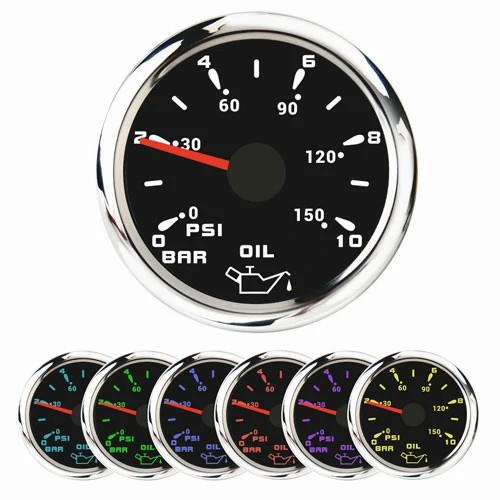
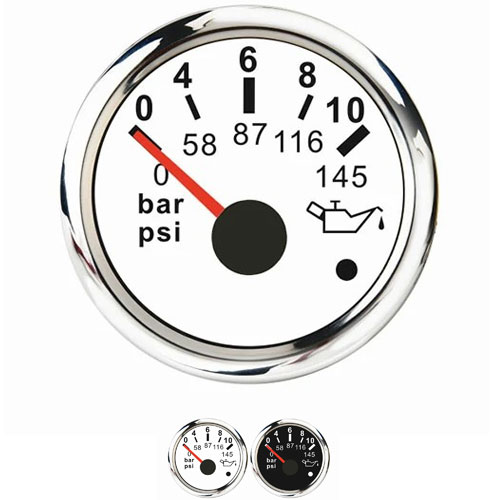
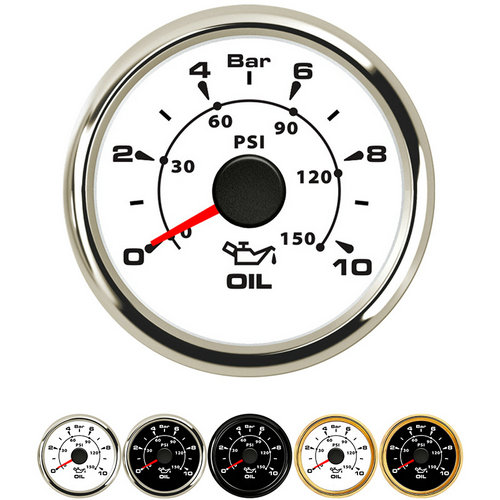

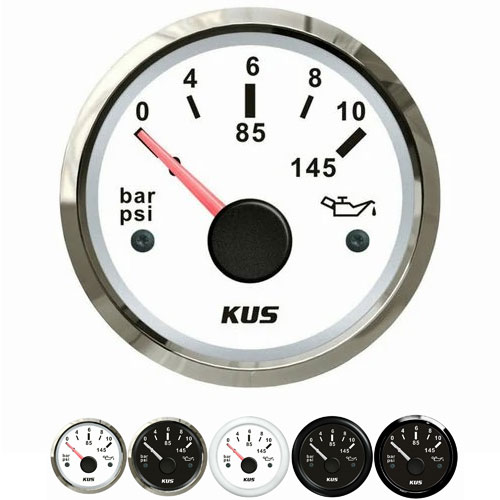
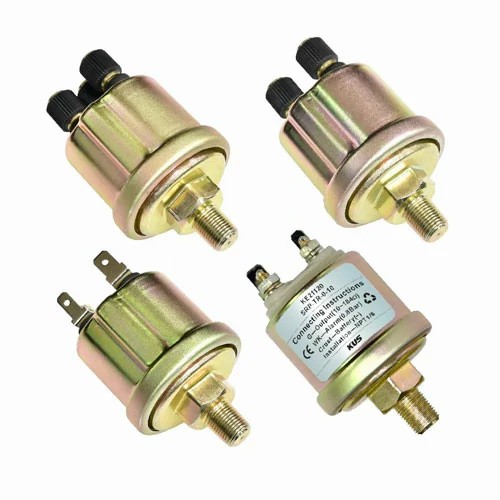
Get a Quote / Info